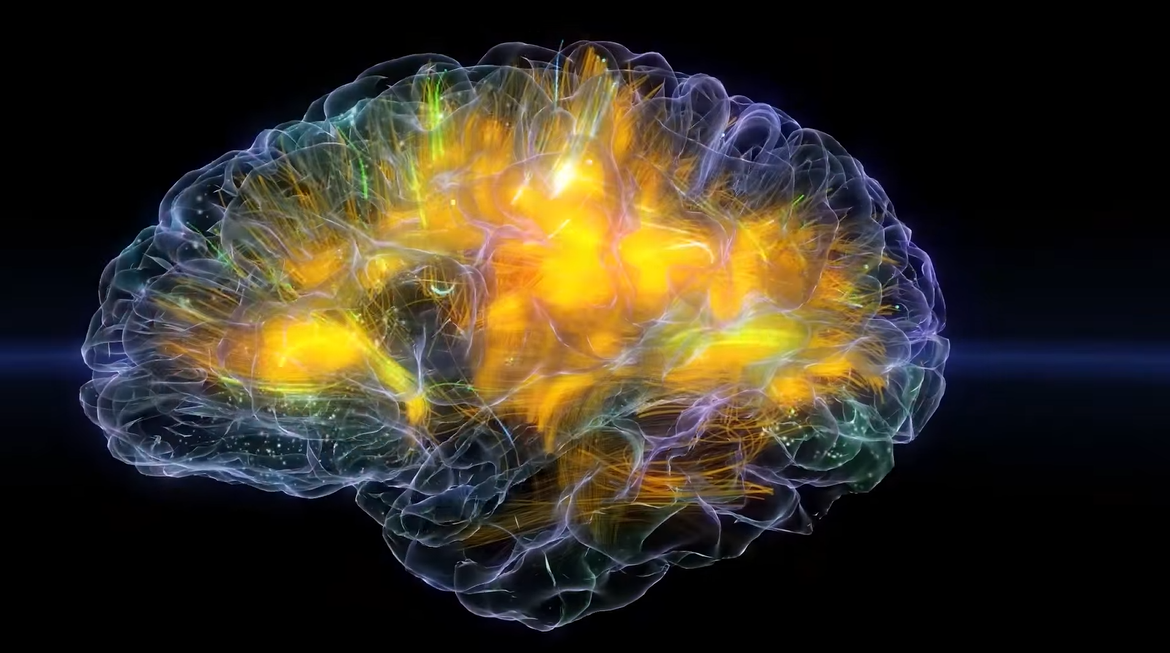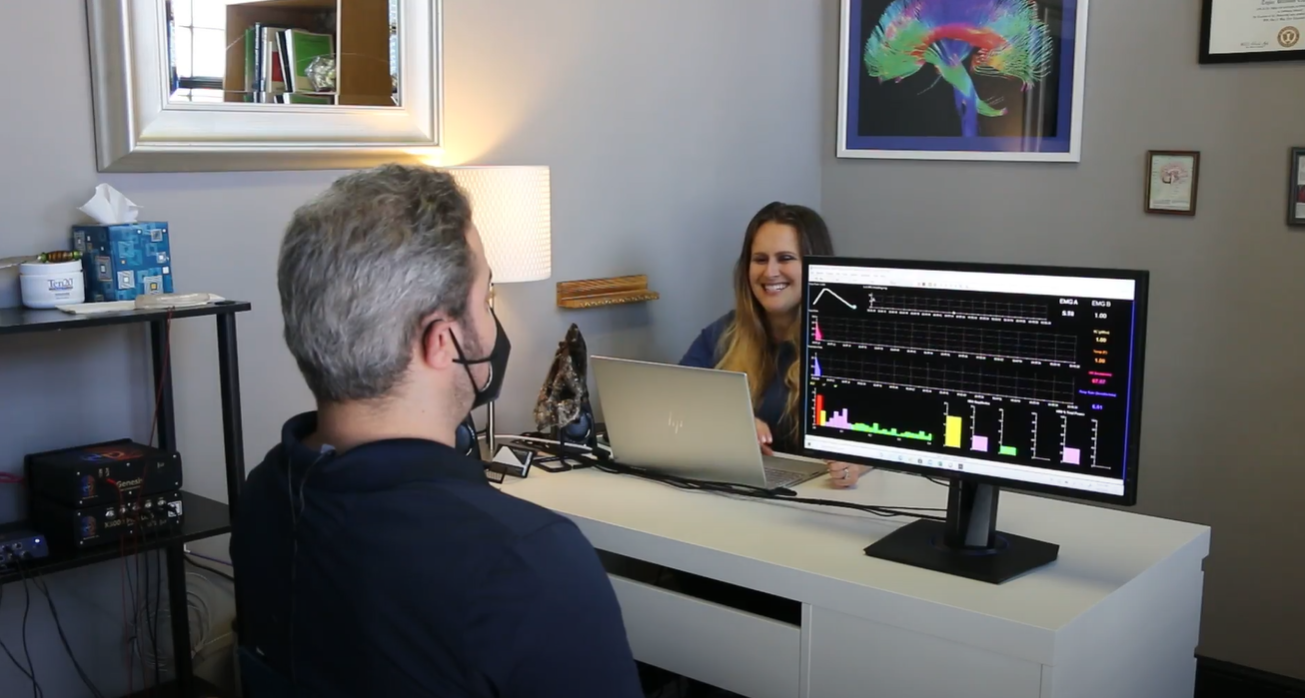QEEG - qualitative electroencephalography - is a method built on the groundwork laid by EEG.
QEEG (also known as brain mapping) works on the evidence-based premise that, with the proper tools, a person experiencing one or more mental afflictions can alter their own brainwaves, which results in a reduction in symptoms.
With EEG we see the problems, and with QEEG we solve them.
The main technique through which QEEG is mediated is neurofeedback. You may have heard of biofeedback - this is an approach that utilizes technology to teach people to regulate autonomic functions such as breathing, heart rate, or muscle tension. In this way they can alleviate conditions such as chronic pain, asthma, and many others.
Neurofeedback is similar - in fact, it is also known as "eeg biofeedback". Instead of focusing on the body as a whole, however, neurofeedback focuses on brain function. Using electrodes in order to monitor brain activity, a patient will view images or a film, play a video game, or listen to music.
The program they're viewing or hearing uses positive reinforcement, like certain sounds or lightening or darkening of the screen, to teach the person to move away from symptomatic behavior and towards a healthier, desired state. It actually alters their brainwaves, helping them learn to control their own brain, rather than the other way around.
For example, say a patient has ADHD. We start with a QEEG, in which we'll most likely see an excess of theta waves - a type of brainwave associated with a tired, relaxed state - towards the front of the brain.
A QEEG program tailored towards this person would focus on lowering these theta waves and, through the film, music, or video game, decrease the waves and provide a "reward" when this occurs.
While out in a "real life" situation, this learning would take effect, and the individual with ADHD would have an easier time concentrating.
QEEG is based entirely on the principle of neuroplasticity - the ability of the brain and mind to learn and change, to habituate to stimuli and forge a new outlook.
Read More


















